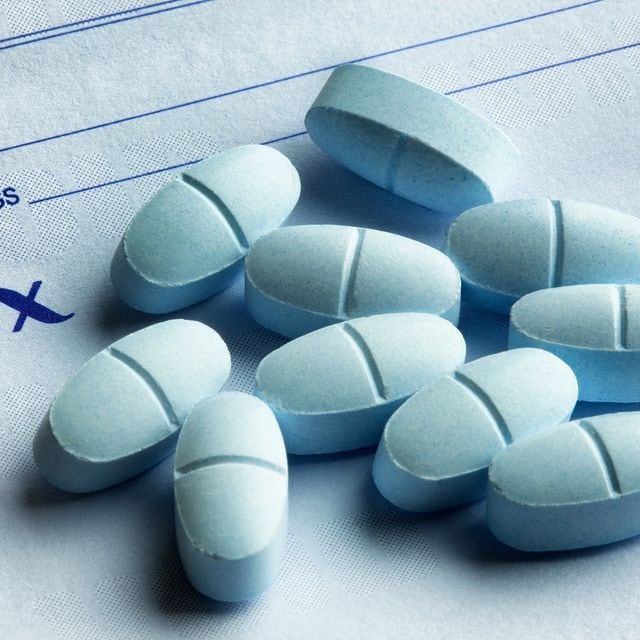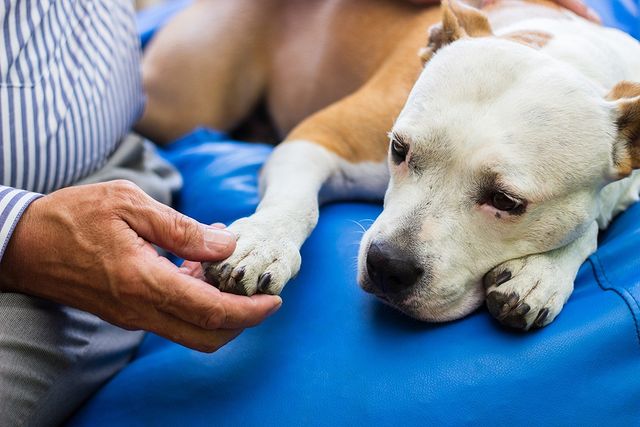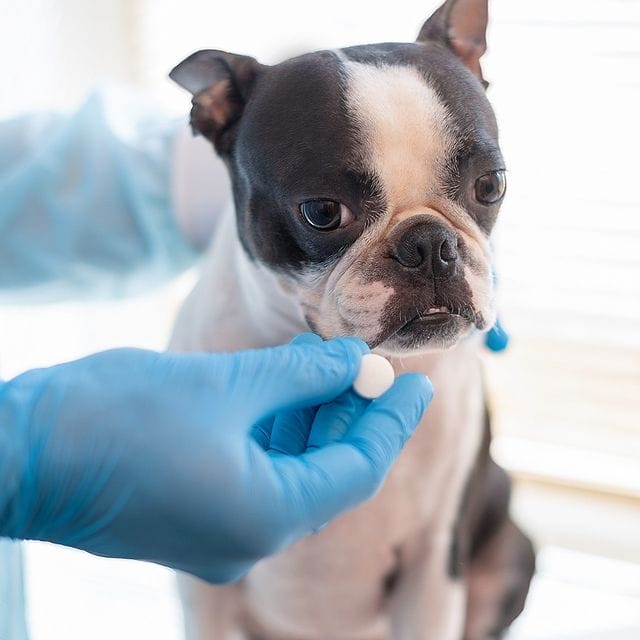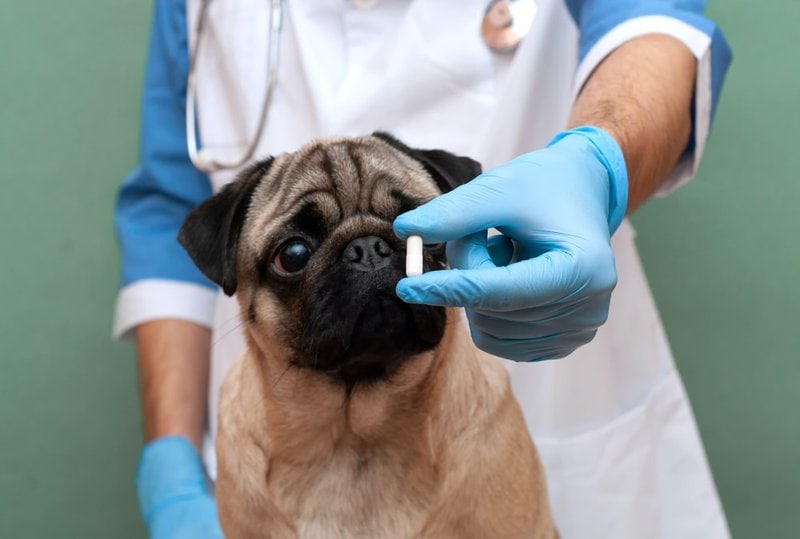Naproxen is arguably one of the most commonly-used painkillers today. It belongs to a class of painkillers known as non-steroidal anti-inflammatory drugs (NSAIDs). While it is popular for use in humans, there is always the concern of its safety for use in pets like dogs.
In a nutshell, dogs cannot take Naproxen due to its toxicity. This is mainly due to its narrow safety margins. This means that the safe dose for your dog to use exists in too small of a range to justify taking the risk of giving the drug to your dog.
The risks of giving your dog Naproxen can be fatal, including critical kidney failure. To help you better understand exactly why giving your dog Naproxen is so risky, and we shall dive into all the possible consequences of having your pooch take this drug.
In the event that your dog already took Naproxen, we also have you covered with a few tips on what to do next.
Can Dogs Take Naproxen?

Technically speaking, dogs can take Naproxen but should not. This is because it is very difficult to determine the safe dose to give each dog. If you miss your window of safety, you put your dog at risk of developing Naproxen toxicosis.
Here are some of the signs of toxicity in your dog after taking Naproxen.
Diarrhea
Naproxen causes intense irritation of the dog’s digestive tract. One way this manifests is through persistent diarrhea.
Initially, the dog’s stool will be regularly colored. However, as the Naproxen continues to erode the digestive tract, you will notice your dog start to pass bloody stools.
The dog’s stool may be a tarry black color if the bleeding is from higher up in the tract or bright red if the bleeding is from lower in the gut.
Vomiting
The irritation of the intestinal and gastric mucosa may also trigger nausea and vomiting in the dog after they take Naproxen. If this is allowed to persist for a long time, it could put the dog at risk of developing dehydration.
As with diarrhea triggered by Naproxen, vomiting in these dogs may also be blood-stained as a result of erosion of the mucosal lining of the stomach.
Lethargy
Between the loss of blood and fluids after your dog reacts to Naproxen, it is reasonable to expect them to be at a complete loss of energy. Most dogs will be too lethargic to even move and may wane in and out of consciousness.
Under no circumstances should you let it get this far without getting the dog to the vet. At this point, your dog will literally be fighting for its life.
Can Naproxen Kill My Dog?

It is possible and highly likely that Naproxen will kill your dog. The painkiller is highly toxic to dogs, especially if the dose is wrong.
Naproxen can be fatal to your dog in one of three ways. These are:
Anemia And Shock
Gastrointestinal bleeding is a hallmark side effect of Naproxen toxicity in dogs. If your dog loses too much blood, it may develop anemia.
This will cause the dog to be both weak and pale. They will also be dizzy, which is evident in their poor coordination. In very severe cases, the blood loss could result in hemorrhagic shock, which causes death through multiple organ failures.
Digestive Tract Perforation
Although rare, gut perforation could occur as a result of Naproxen toxicity in dogs. In such cases, septic shock from contamination by gut contents is what will most likely prove to be your dog’s end.
It could also be due to peritonitis which is a painful and life-threatening condition marked by irritation of the peritoneal layer covering your dog’s abdominal organs.
Kidney Failure
Naproxen can cause death in your dog through kidney failure. This happens in one of two ways.
Firstly, acute kidney injury could be due to hemorrhagic shock caused by excessive bleeding from the dog’s intestinal mucosa.
Secondly, the other way your dog’s kidneys may end up injured is through dehydration. This happens mainly due to excessive loss of fluids through persistent diarrhea and vomiting.
What Can I Do If My Dog Accidentally Takes Naproxen?
If your dog accidentally takes Naproxen or if you happened to have given them some, your best course of action is to rush the pooch to the vet as soon as possible. While there is always the chance that you got the dose right, there is an even bigger chance that you didn’t and that your dog’s life is now in danger.
Immediate attention at the vet clinic ensures that your dog is to be monitored by a veterinary professional. It is also the ideal environment for your dog to be in for scenarios where emergency resuscitation or life support may be needed to ensure the dog’s survival.
If a vet is not immediately accessible to you, you could also call a pet poisoning hotline for guidance on what to do next to ensure your dog’s safety.






